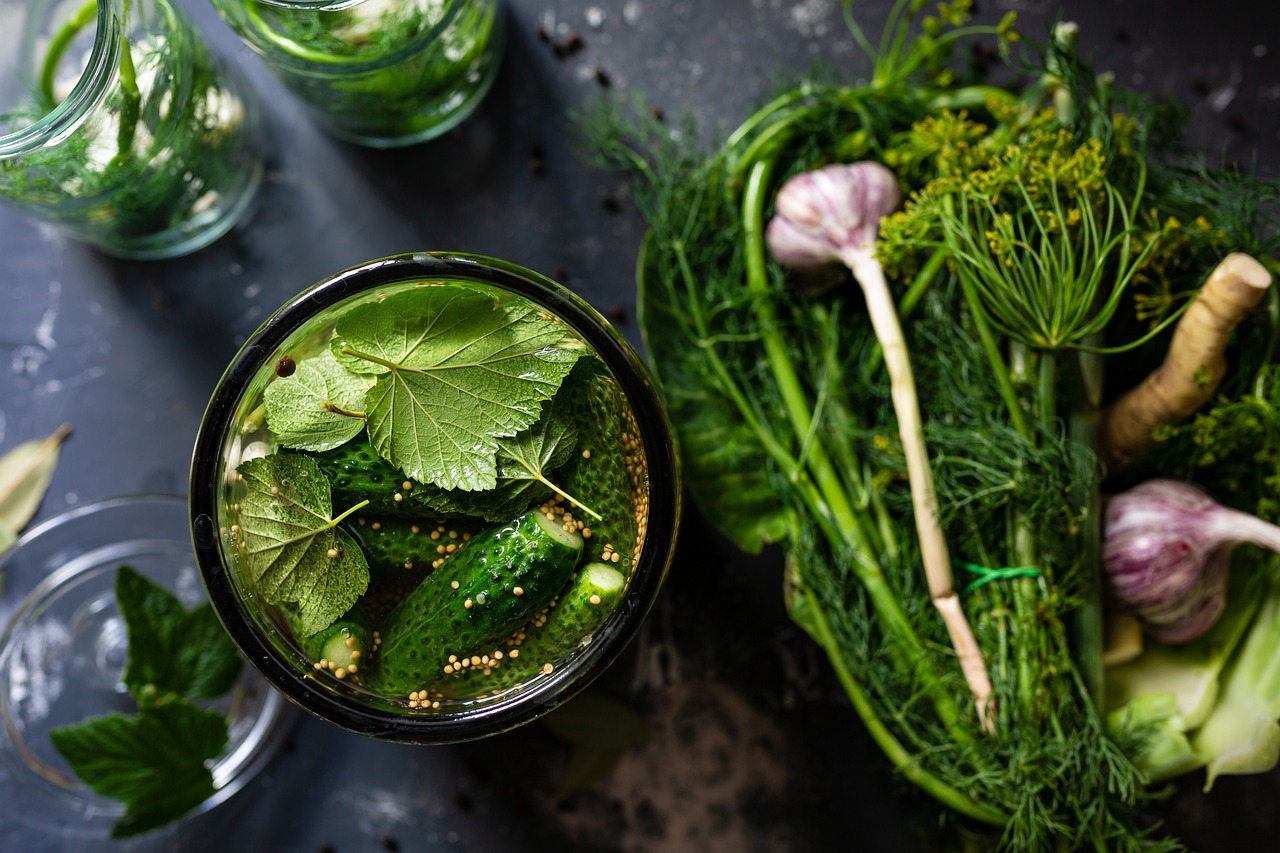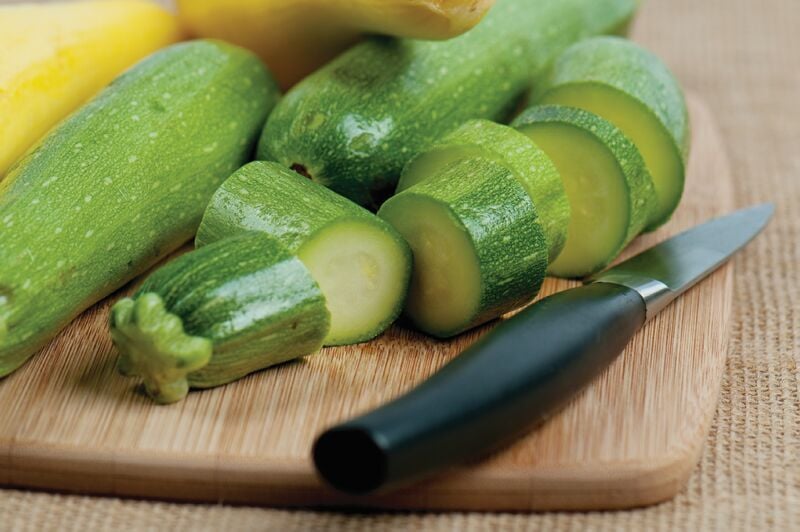Many meals might be pickled, together with greens, fruits, fish, eggs and different meals. (Pixabay picture)
(Click on a picture beneath to view a high-resolution picture that may be downloaded)
Have you ever ever been “in a pickle”?
As I used to be pondering this week’s column, I puzzled the place that expression originated.
Being in a pickle shouldn’t be factor, by the way in which. Principally, this implies you’re in a scenario just like “being as much as your neck in an acidic brine.” Nobody likes that sort of painful scenario.
The “in a pickle” expression was utilized in a play by Shakespeare in 1610. The Oxford Dictionary pushes the historical past of the expression to the 1500s.
In earlier occasions, being in a pickle meant the particular person was closely intoxicated.
The method of fermentation dates again a whole bunch, if not hundreds, of years. Pickling is among the many fashionable meals preservation processes that grew out of early fermentation.
Pickling and fermenting differ from one another. Pickling sometimes makes use of vinegar, which is a fermented meals. Vinegar might be produced by fermenting barley, corn, sugar or fruit, comparable to apples. Alcohol is produced first, after which the alcohol is transformed to acetic acid.
Within the course of of creating wine, maybe our very early meals scientists made vinegar accidentally. Somebody could have determined to drop some greens within the acidic liquid to see what would occur, they usually loved the bitter taste and distinctive texture.
Maybe the early fermenters noticed an animal devour fermenting grain or fruit. The animal could have “wobbled round” after indulging. Somebody determined to present the meals or beverage a attempt.
We don’t advocate tasting meals or drinks to find out if they’re protected, by the way in which.
Fermentation is a course of the place micro organism, yeasts or different organisms convert sugars to alcohol or acid.
Wine, sourdough bread, sauerkraut, yogurt, kimchi and plenty of different meals are merchandise of fermentation. Pickles might be fermented, the place acid is shaped naturally from sugars, or they will get their acidic taste by way of using a vinegar-based brine that features salt and different flavors. Distilled (white) vinegar and apple cider vinegar are two fashionable varieties.
July is Nationwide Pickle Month. Presently of summer season, cucumbers and different greens have gotten ripe and prepared for choosing and pickling.
Don’t get your self in a pickle when canning pickles. Put in your scientist hat. Many meals might be pickled, together with greens, fruits, fish, eggs and different meals.
Once you buy vinegar for pickling and canning in shelf-stable jars, make certain the label says “5% acetic acid” or “5% acidity” on the vinegar container. Generally the vinegar within the “canning part” of grocery shops and different retail shops is at 4% acetic acid. You may have to go to a different part of the shop to discover a vinegar with 5% acetic acid. Nevertheless, don’t substitute “cleansing vinegar” in your pickling processes. That sort of vinegar is just too excessive in acidity to be used in meals.
Utilizing a vinegar in canned pickled merchandise with an acidity stage beneath 5% can lead to spoiled, unsafe meals.
If you’re making refrigerated objects utilizing vinegar, comparable to salad dressings, you’ll be able to safely use the kind of vinegar with a decrease quantity of acetic acid.
As I used to be perusing a retailer just lately, I famous that the vinegar within the canning part was not on the beneficial acidity. Generally, flavored “pickling vinegars” could have an excellent decrease quantity of acetic acid and added flavorings.
Make sure to use research-tested pickling recipes for shelf-stable pickles. See the NDSU Extension fermentation and pickling assets obtainable at www.ag.ndsu.edu/meals by clicking on “Meals Preservation and Wild Sport Security” after which “Pickle and “Ferment.” You’ll be able to study to make sauerkraut and a wide range of pickled merchandise.
Pickled egg recipes, comparable to the next one, can be found from the Nationwide Heart for Dwelling Meals Preservation. This recipe will retain its security for as much as 4 months in your fridge when saved within the brine. This protein-rich addition to summer season menus will add some zing. We shouldn’t have a recipe for pickled eggs that may be canned safely, although.
Dilled Pickled Eggs (not for canning)
12 eggs
Use similar-sized eggs for constant hard-cooking. Use this course of to keep away from getting inexperienced halos on the eggs from overcooking. Place the eggs in a single layer on the underside of a pot and canopy with chilly water. The water needs to be about an inch or so larger than the eggs. Cowl the pot with a lid and convey the pot to a rolling boil. Take away from the warmth and permit to face for 10 to 12 minutes. Drain the new water and run chilly water over the eggs. To peel, crackle the shell by tapping the egg with a spoon or different utensil.
Brine
1 1/2 cups white vinegar (5% acidity)
1 cup water
3/4 teaspoon dill weed or dill seed
1/4 teaspoon white pepper or complete peppercorns
1 tablespoon pickling and canning salt
1/4 teaspoon mustard seed
1/2 teaspoon minced onion
1/2 teaspoon minced garlic or 1 peeled garlic clove
Convey brine elements to a boil, cut back the warmth and simmer for 5 minutes. Pack peeled, hard-cooked eggs loosely right into a heat, pre-sterilized wide-mouth glass quart jar. Make sure to have sufficient pickling resolution to utterly cowl the eggs.
Pour the pickling resolution over the eggs within the jar, cowl and refrigerate instantly. Enable two weeks for the eggs to develop taste and luxuriate in pickled eggs inside three to 4 months. Preserve eggs refrigerated always. Makes 12 servings. We shouldn’t have diet data obtainable.
(Julie Backyard-Robinson, Ph.D., R.D., L.R.D., is a North Dakota State College Extension meals and diet specialist and professor within the Division of Well being, Diet and Train Sciences. Observe her on Twitter @jgardenrobinson)
NDSU Agriculture Communication – July 20, 2023
Supply: Julie Backyard-Robinson, 701-231-7187, julie.garden-robinson@ndsu.edu
Editor: Elizabeth Cronin, 701-231-7881, elizabeth.cronin@ndsu.edu


